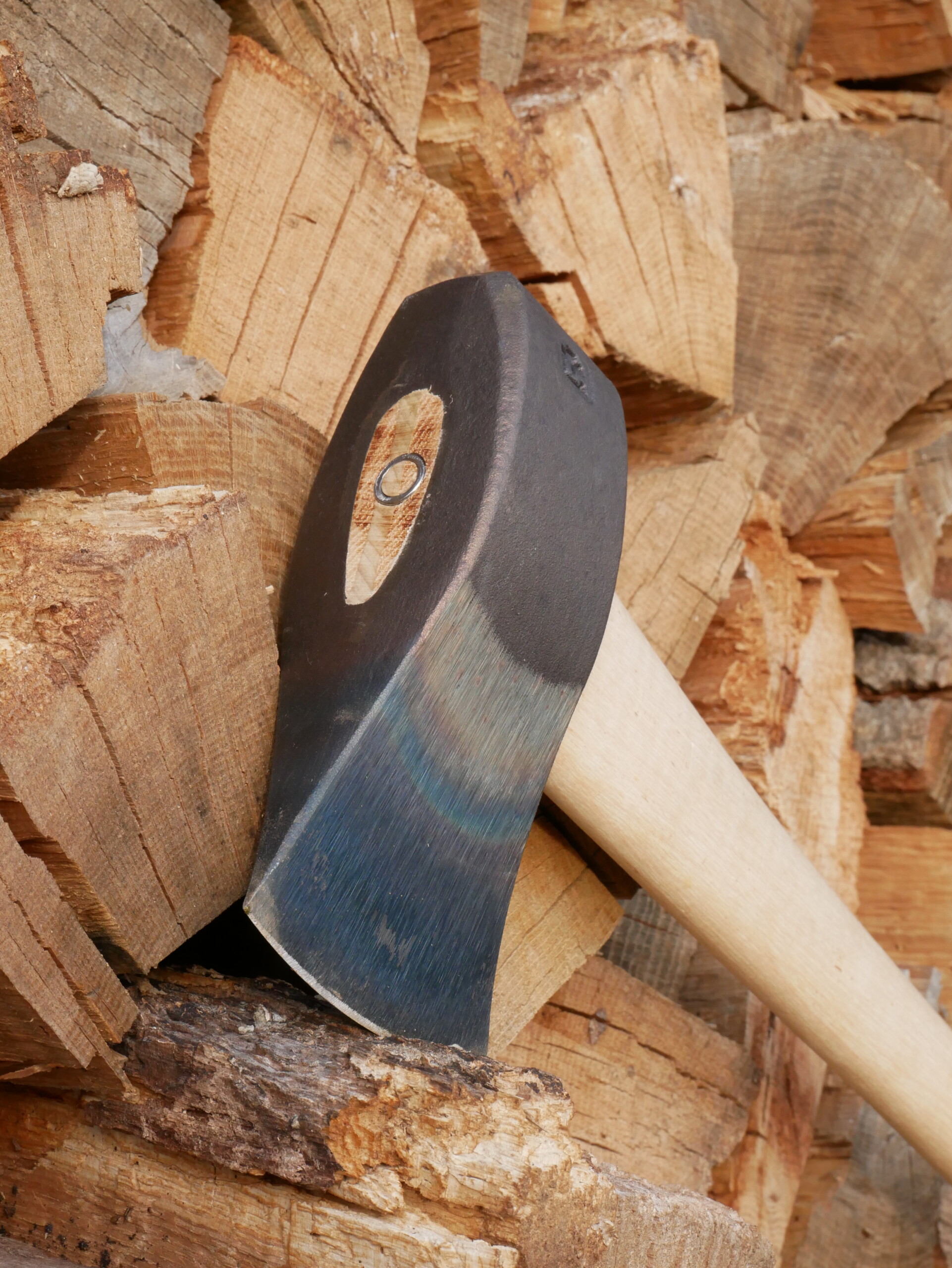- Joined
- Jan 15, 2007
- Messages
- 554
The question is for mauls only--not splitting axes...
What is your pick and why?
What is your pick and why?
The BladeForums.com 2024 Traditional Knife is available! Price is $250 ea (shipped within CONUS).
Order here: https://www.bladeforums.com/help/2024-traditional/

That's a nifty little tool with a unique design.I like my 5.5lb Rinaldi. Has a great penetrating geometry that allows it to plow through wood that thicker mauls want to bounce on, and weighs a half pound less than most "light" mauls on the market. Because it uses a slip-fit eye I can use the long stock handle for splitting rounds or slap this shorter handle in it for splitting smaller stuff. It'll cut clean through tough knots, and I've even done some minor bucking work with it before 'cause it was what I had. Pops chips like a maniac, as you'd expect!

On 42's, I would not call that a splitting maul. I would call it a splitting ax. DM



No, it's very much a maul. A hardened hammer face is not a prerequisite for a maul. It's also not that it's not designed to drive wedges, but rather a priority was placed on deformation over energy transfer--Council themselves call it a maul and do not tell you not to strike wedges with it. Similarly, when finishing a split with the poll it's still being used as a hammer. Your definition is overly narrow compared to the historical scope of the tool.The Old No. 7 looks good and people seem to like them but it's not a maul because it is not designed to drive wedges and only the bit is hardened.
